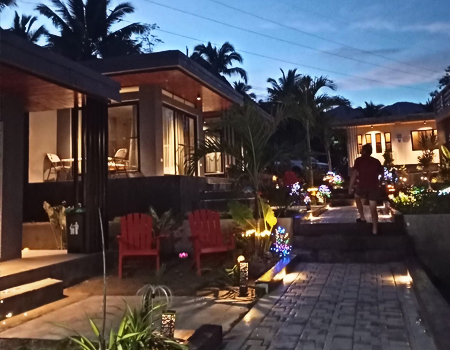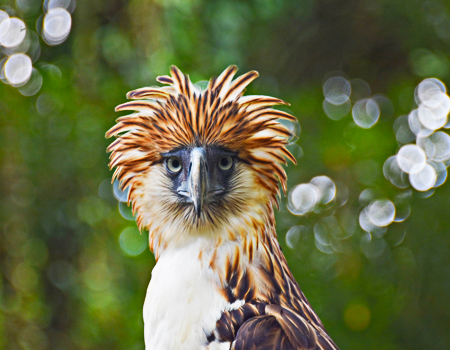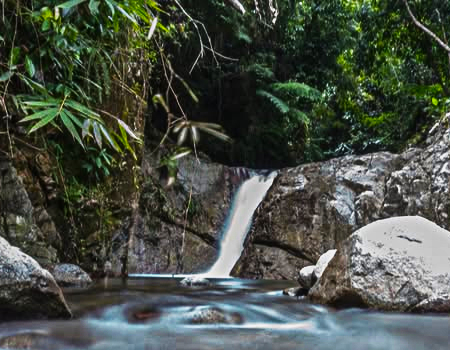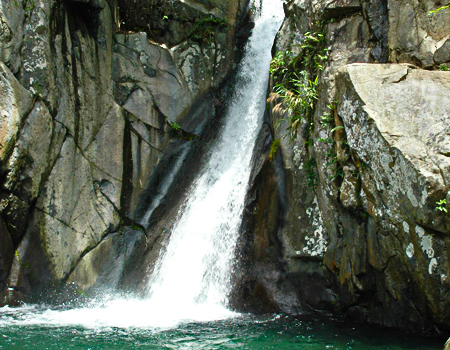Dinalungan: Where Myths Take Flight
Dinalungan is a quiet, coastal municipality with a strong connection to nature and indigenous heritage. Though relatively underdeveloped, it holds promise for eco-tourism, cultural preservation, and sustainable agriculture, as it maintains a balance between tradition and progress.
General Information About Dinalungan
- Location – Central-northern part of Aurora Province, along the Philippine Sea
- Region – Central Luzon (Region III)
- Province – Aurora
- Founded – June 16, 1966
- Land Area – Approximately 325.52 km²
- Population – Around 12,500 (2020 Census)
- Number of Barangays – 9 barangays
- Languages – Tagalog, Ilocano, and Dumagat dialects
- Economy – Primarily agriculture (coconut, root crops), fishing, and small trade
- Distance from Baler – Around 61 kilometers north via coastal road
Geographic Features
- Bordered by Dipaculao to the south and Casiguran to the north.
- Lies between the Sierra Madre Mountains and the Philippine Sea.
- Terrain is a mix of coastal plains, rolling hills, and heavily forested mountains.
- Rich in natural resources, with mangrove areas, waterfalls, and beaches.
Historical Background of Dinalungan
Early History
- Originally inhabited by Dumagat-Agta indigenous groups, who practiced hunting, gathering, fishing, and slash-and-burn farming.
- Early settlers include Ilocano and Tagalog migrants from nearby provinces who settled along the coast and riverbanks.
- The town name “Dinalungan” is believed to come from the word “lunga”, meaning cave or resting place in the local dialect.
Municipal Formation
- Formerly a barangay of Casiguran.
- Dinalungan became a separate municipality in 1950, through Executive Order No. 364 signed by President Elpidio Quirino.
- It was established to improve local governance and services for residents in this geographically distinct area.
Post-Establishment Development
- Infrastructure development has been slow due to challenging terrain and limited access.
- The opening of coastal roads from Baler to Casiguran improved transport, though travel remains difficult during the rainy season.
- The municipality is working to balance development with environmental protection, especially in ecologically sensitive areas.
Tourism and Natural Attractions
- Dinalungan is less commercialized than Baler or Casiguran but offers raw natural attractions, including:
- Lipit Beach – an uncrowded white-sand beach
- Baul Falls – a multi-level waterfall in a forested area
- Mangrove forests – crucial for biodiversity and marine life
- Dumagat cultural sites – reflecting indigenous traditions
Culture and People
- Predominantly Tagalog and Ilocano settlers, with significant Dumagat indigenous communities in the hinterlands.
- Religious practices are largely Roman Catholic, with fiestas and holy days celebrated town-wide.
- Indigenous customs still survive in upland communities, especially in terms of healing practices, oral traditions, and rituals.
Timeline of Major Events
- Pre-1900s – Inhabited by Dumagat-Agta groups
- 1950 – Established as a regular municipality via RA 4759
- 1979 – Became part of the newly created Aurora Province
- 2000s – Present – Development of coastal access roads and tourism efforts
| DINALUNGAN EMERGENCY HOTLINES | |
| Tourism Office | 0961-0579493 |
| Municipal Health Office | 0948-3281346 |
| Municipal Disaster Risk Reduction and Management Office (MDRRMO) | 0998-5847115 |
| Provincial Disaster Risk Reduction and Management Office (PDRRMO) | 0963-7427777 |
| Aurora Electric Cooperative (AURELCO) | 0999-9772735 |
| Philippine National Police (PNP) | 0998-5985343 |
| Bureau of Fire Protection (BFP) | 0970-3254746 |
| Philippine Coast Guard (PCG) | 0981-2849305 |
Dinalungan Hotels

Camp Andrie Beach Resort
This beachfront resort is known for its scenic views and local cuisine. It’s a popular spot for both relaxation and enjoying traditional dishes by the sea.
READ MORE
Aplayah Beach Resort
Situated in Barangay Simbahan, this resort provides guests with comfortable lodging and direct access to the beach, offering an immersive experience of Aurora’s natural beauty.
READ MORE
Escape Beach Resort
A secluded haven featuring modern accommodations surrounded by coconut groves, this resort offers a peaceful ambiance ideal for unwinding.
READ MORE
The Shores Beach Farm
Located along the Baler-Casiguran Road, this guesthouse offers private beach access, in-room kitchenettes, and a serene garden atmosphere.
READ MOREDinalungan Restaurants
View all 1 dinalungan-restaurants

Cravings Food Corner
A cozy local eatery located in Zone 1 near the seawall in Dinalungan, Aurora.
READ MOREDinalungan Attractions
View all 5 dinalungan-attractions

Philippine Eagle Watching
Dinalungan is well known for sightings of the endangered Philippine Eagle.
READ MORENipoo Sea Wall
The Nipoo seawall is a recently built breakwater for coastal protection that also offers a breathtaking view of the ocean and parking. It was built primarily as a shore protection structure by the Department of Public Works and Highways (DPWH) to safeguard the community from storm surges and rising waters. The project includes a seawall, […]
READ MORE
Simbahan–Talagas Protected Landscape
This protected area safeguards an important watershed within the Sierra Madre mountain range.
READ MORE
Bulawan Falls
Bulawan Falls, nestled in Dinalungan, is a breathtaking natural wonder known for its scenic charm.
READ MORE